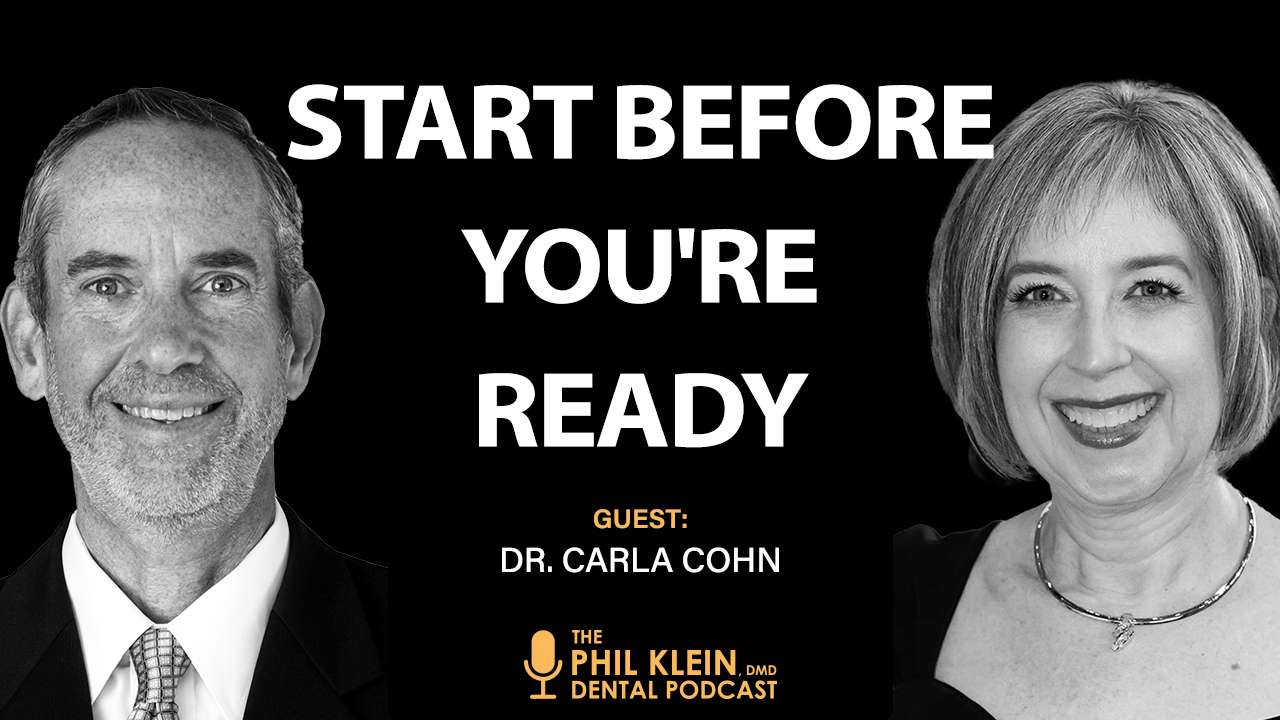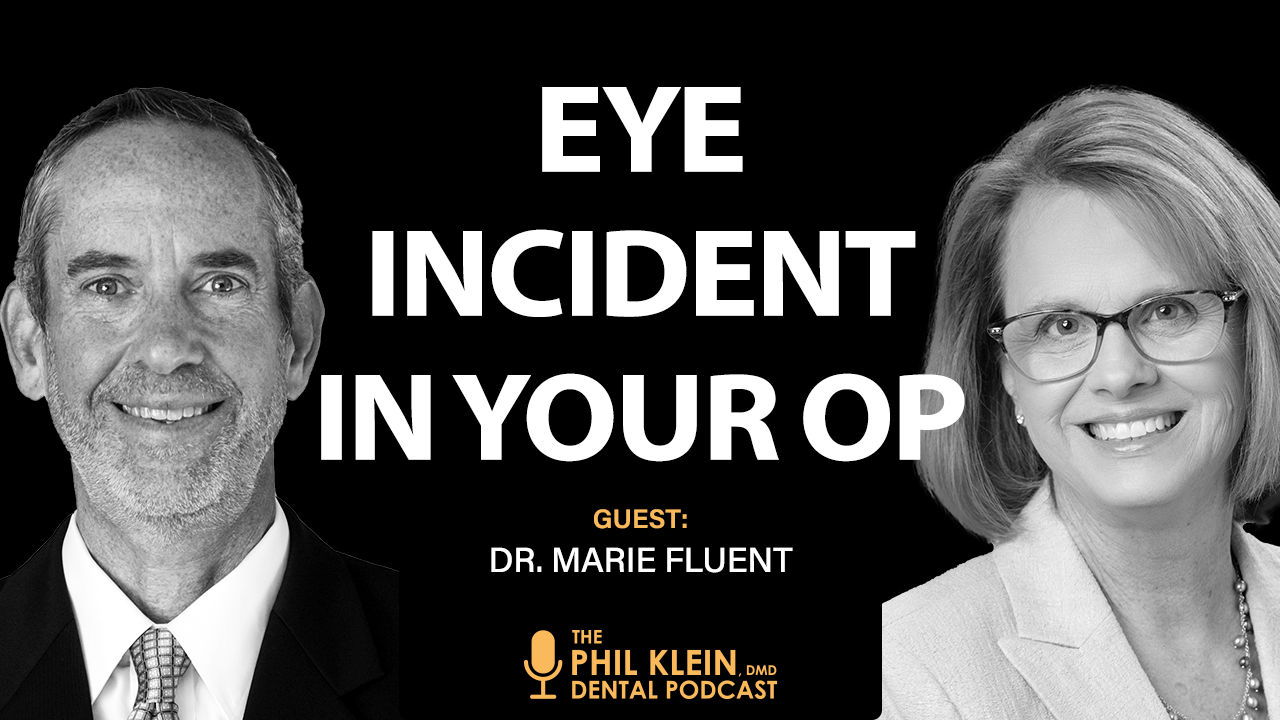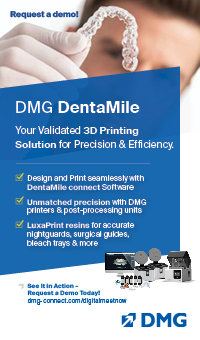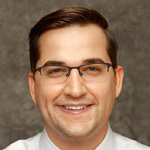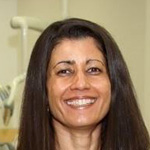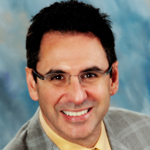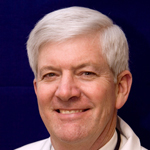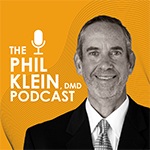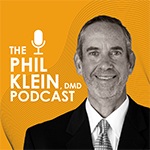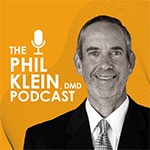Lithium Disilicate restorations are the most popular esthetic ceramic restorations being placed today. Proper understanding of the materials and techniques used to deliver restorations made from this material can decrease problems and increase longevity for your patients. This CE webinar will discuss time proven techniques and materials that will help improve your clinical outcome, increase your predictability, and create an easy workflow for you and your clinical team to follow every time to reduce the time and stress of your delivery appointments.
Preventing squamous cell carcinoma should be a goal of all oral health care professionals. This CE webinar will provide the general dentists with information regarding oral potentially malignant disease and oral cancer. Topics discussed in depth will include leukoplakia.
This CE webinar introduces for the first time, a new, easy and state-of-the-art way for the hygienist, GP and specialists to definitively treat all stages of periodontal and peri-implant disease, including the advanced stages. This new system will allow you to offer a broader range of services to your patients that have not been possible, until now. Highlights include: predictable elimination of periodontal pockets, low office cost, excellent reimbursement for procedures, ease of use, and substantial utilization of the skills of the hygienist (state specific). Example use cases of how you can easily integrate this into your practice will be presented. Most importantly, published, peer-reviewed literature is reviewed in support of these new techniques and protocols with case examples.
This CE webinar will focus on when to restore teeth using zirconia restorations and when to restore teeth using lithium disilicate. How we restore teeth in the anterior region of the mouth and the posterior varies greatly. Esthetics, bite-forces, interocclusal space, post operative sensitivity are some of the factors we consider when restoring teeth.
At the conclusion of this CE webinar, you will become familiar with the various zirconia types and how they contribute to esthetics and performance when combined with specific patient needs. You will learn preparation, handling, finishing, and placement with a focus on cementation. Covered and explained will be the implementation of various products and techniques to simplify and improve final outcomes.
You hear it every day from patients: "That's too much money." "Let me think about it.","Will my insurance cover all of it?"...and on and on. In this information-packed, entertaining CE webinar, you will learn about: Words you should never use when presenting financial arrangements. The #1 most common financial arrangement mistake that derails acceptance and what you can do about it. Options for patients who “don’t qualify.” How to inject peace-of-mind into the financial arrangements decision. How to remove the biggest hidden obstacle to successful financial arrangements.
Anterior composite procedures are some of the highest anxiety treatments dentists perform. The use of "chameleon" composites is becoming more mainstream for increasing the predictability of these treatments, thus lowering the stressors involved. How do these composites work and what should you consider when selecting these materials? This CE webinar will not only help you understand their capabilities but will discuss what is a "success" and what is a "failure" for the treating dentist, as well as the patient. Become more efficient, be proud of your treatment results, and find joy in conservative and highly esthetic dentistry.
Endodontics is a rapidly evolving specialty that has seen tremendous advancement in technology and materials in the past decade. Recent developments in file design and material properties have greatly improved the safety and efficiency of root canal preparation. This CE webinar will offer an overview of theses exciting developments in NiTi instruments and guide clinicians in selecting the appropriate instrumentation system and protocol that best suits their needs.
A revolution has been occurring and it has some people pretty uncomfortable. In school we learned of ankyloglossia, the pictures showed a tongue that was completely tethered to the floor of the mouth. We were taught that if the patient can talk and eat there's no reason to "clip it." Today we know of new ways to actually measure the mobility of the tongue, when, why, and how to release the tongue and how important orofacial myofunctional therapy is to all of sleep, with or without a functional release.
In this CE webinar
• Learn a system of building digital technology that gives your business more ROI.
• Discover techniques to engage and excite your patients for more case collaboration and acceptance.
• Handling challenging dental emergencies with innovation that simplifies and wows your patients.
Biocompatible materials are materials that do not cause any adverse effects on a patient's biology when they are used in the mouth. In this CE webinar, Dr. Katie is sharing her knowledge on how to choose the correct biocompatible materials for your patients and elevate your patience with wellness dentistry.
In this CE webinar, Neville Hatfield, DMD, will discuss current provisional materials available to practitioners and how unique chemistry in currently available products help with those frustrations inherent during the temporization phase. Pros and cons of products will be discussed and his recommendations will be discussed.
Cosmetic dentistry can often be challenging if you don’t have good systems to achieve a successful outcome. This CE webinar will shed some light on how you can become more confident and comfortable in providing cosmetic veneer procedures to your patients by implementing these systems.
Glass ionomer materials are the only materials in wide use that bond chemically to tooth structure, release fluoride and have similar coefficient of thermal expansion as enamel and dentin. This CE webinar will focus on the expanded use of glass ionomer materials that are now available and have the potential to change the way direct restorative dentistry is practiced. Glass ionomers have long been considered materials suitable for use as liners, bases, restorative materials for pediatric and geriatric use, root caries and interim restorative materials for permanent adult teeth. Evidence on long-term success rate of glass ionomer materials as direct restorative materials on adult permanent teeth will be presented and discussed. Clinical cases demonstrating use of these materials will be presented as well.
Part six of the webinar series “Learning From Our Mistakes” will take you on Dr. Isbell's journey of becoming the successful dentist he is today. Dr. Isbell will share techniques for repairing restorations of various classes caused by incorrect selection of materials or technique. He will discuss current restorative techniques and product choices for the clinician seeking to advance their skills while getting the procedure completed in a minimal amount of time. Learn how to avoid mistakes from this wet-finger dentist by using restorative products that are high quality, easy to use, and have a healthy impact on patients' lives. This CE webinar is a must-see if you want to enhance your skill set and improve your everyday dentistry with the aesthetics and healthfulness you and your patients expect.
In this CE webinar you will learn an overall workflow for your cosmetic rehabilitation cases. You will learn to use your temporaries as a guide for conservative or prepLESS veneers, preparation design, and how to approach temporization two different ways. You will learn the “why” behind what makes temporaries the most important part of your smile design and laboratory communication.
DENTAL ADVISOR is celebrating its 40th year of providing scientific research and clinical validation of products and equipment to the dental industry. Having a Biomaterials Research Center located in Ann Arbor, Michigan and an evaluator base of 300 volunteer practicing clinicians across the United States, DENTAL ADVISOR continues to help dental companies validate new innovations and bring these products and equipment to market. In this webinar, Dr. Sabiha Bunek and Dr. Ona Erdt of Dental Advisor will highlight the latest research and share key features of the products and equipment that have won awards this year. Participants will leave with a valuable update on the latest products and techniques to take back and implement into daily practice for saving time, minimizing stress and maximizing productivity.
This CE webinar is designed to educate dentists, dental hygienists, dental assistants and others about the problems of child abuse and neglect, bullying, intimate partner violence, elder abuse and neglect, and human trafficking.
With the yearly changes made to the CDT dental codes it can be challenging for a dental professional on how or advise patients what procedures their insurance carriers will be covered or to help their patient file their own dental claims. This CE webinar will discuss a variety of procedures like desensitizing, dental creams/varnishes and how they can be profitable for a dental practice.
This CE webinar is designed to educate dentists, dental hygienists, dental assistants and others about the problems of child abuse and neglect, bullying, intimate partner violence, elder abuse and neglect, and human trafficking.
Burs are not a one size fits all type of thing. Burs are the interface to operative dentistry. Selection of the proper bur can make your operative dentistry more efficient. Adjusting and cutting Zirconia crowns should be a simple process but little mistakes can give catastrophic results. Knowing the differences in burs and the proper way to adjust zirconia crowns and best ways to prep for them can make the difference between a positive result or the need for a remake. This CE webinar will discuss why bur selection is important and try to get you out of your bur comfort zone.
During this CE webinar, we will
• learn how to use simplified shade universal composites to place invisible restorations
• discuss how to use new dentin bonding systems which significantly improve bond strengths to root surfaces
• demonstrate how to increase longevity while reducing sensitivity of composite restorations
The introduction of single shade composites has revolutionized restorative dentistry. These innovative sculptable and flowable options have decreased office inventory, increased office safety, and bolstered practice bottom line. They are simple to use, and dentists can achieve great cosmetic results with minimal training. In this CE webinar, Dr. Auster will discuss the expanding ways that a single shade composite can increase your efficiency, drastically reduce office waste, and save the office a lot of money, even in an inflation-filled world.
Zirconia restorations are some of the most durable all ceramic materials available for tooth colored restorations. However, there are many questions as to how to properly clean, adhere and or cement them. This CE webinar will help to eliminate many of the common questions and frustrations with delivering zirconia restorations.
In this CE webinar Dr. Flucke will discuss his experiences with a variety of products including:
• Composite choices and proper bonding procedure - both standard and thermoviscous
• Impression materials
• Retraction choices
• Material choices for the indirect restoration
• Correct bonding procedures to ensure clinical longevity
As digital technology becomes more pervasive in everyday practice, there is an increased demand to apply it in ever more expanding clinical situations. This CE webinar will explore the full application of digital technology in the implant patient from initial diagnostics to the final restoration and will innumerate the planning principles involved in achieving both surgical and prosthetic success.
As dentists, we are always trying to improve upon our skills to provide a better service and longer lasting product for our patients. Knowing that direct composite resins have many challenges, limitations and difficulties on placement can make our practice life difficult when we have leakage, sensitivity or failures. This CE webinar will discuss some of the current problems with direct composite resin placement techniques and materials and will then provide some solutions on how you can offset some of the shortcomings of your current materials and techniques.
Direct bonded restorative dentistry is the day to day go to for treating our patients. In this CE webinar, we will delve into how to make those restorations a win for both you and the patients. Materials make a difference and using the right materials for the right patients can be a matter of success or failure.
As we reflect back on 2022 and the many opportunities and challenges facing the dental industry, now's the time to start planning for next year. So, what's your new year's resolution? In this CE webinar, please join our esteemed panel of experts as they focus on three pillars for success – business opportunities, leadership skills, and new products and technology. Dr. David Rice will serve as the moderator and will be joined by Dr. James Klim, Dr. Pamela Maragliano-Muniz and Dr. Josh Austin. During the one hour program they will share their opinions and strategies for success. Along the way, they will discuss best practices and thought-provoking ideas to help you plan for 2023.









